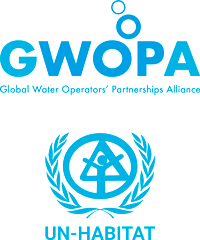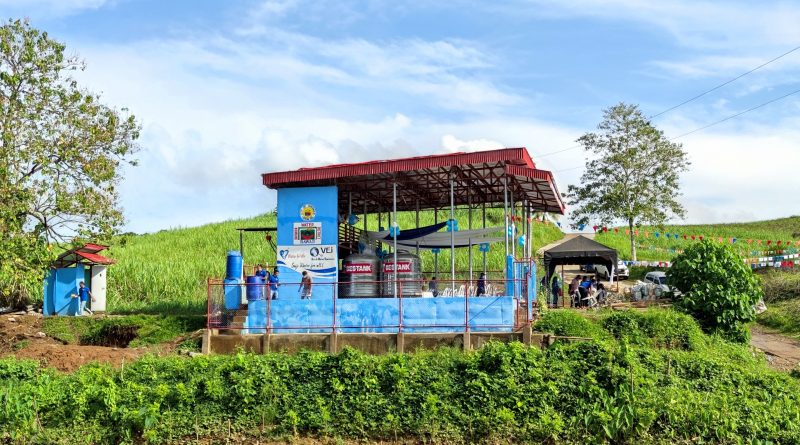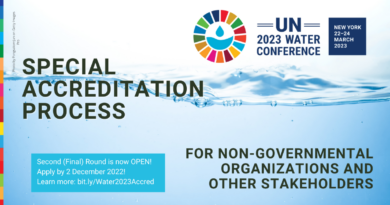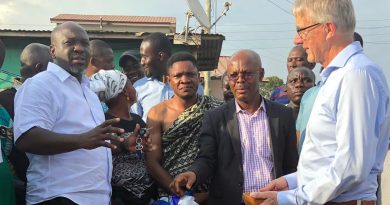Climate-Resilient Infrastructure Built in Water Treatment Facility After Damaged by Typhoon Molave
Typhoon Molave, known in the Philippines as Typhoon Quinta, caused widespread damage in the Philippines and Indochina in late October 2020. Typhoon Quinta brought more than 200 mm of rain in one day to the City of Bayawan. Normal rainfall in Bayawan does not reach 200 mm in one month. This caused flash floods.
Water from the Lower Uwakan River rose by 8 meters from the bottom to ground level where the water source facility of Bayawan Water District (BAWAD) is standing. Its San-Jose Bugay treatment facility, completed in 2018 through a Water Operator’s Partnership (WOP) between VEI and BAWAD, three other water districts located in Cebu and Negros Islands under the Performance Enhancement Water Utilities Philippines (PEWUP) Project, and Water For Life (WFL) Project, was flooded.
The pump station ceased to operate and was unable to provide water to the residents of San Jose and Bugay. The water tanker of BAWAD, which was purposefully used to promote WASH to distant barangays in response to the COVID-19 pandemic, could not be used as the road was impassable.
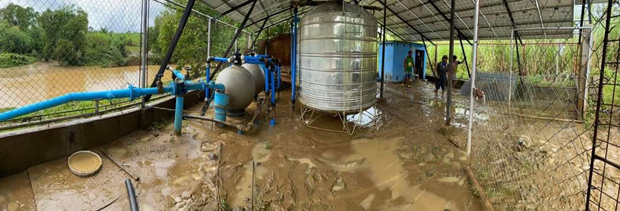
The San Jose-Bugay Water Treatment Facility ceased to operate after being submerged with floodwater / Courtesy of VEI
BAWAD needed to rehabilitate the facility so it could resume water service provision to the two remote barangays. Through the PEWUP Project, BAWAD was able to secure funding from WFL. The facility already utilized solar power to run as part of its resilience strategy. However, the situation called for the facility to be resilient from floods and sustain good water quality with an improved treatment facility.
BAWAD designed a resilient facility, which elevated the solar panels from 2.5 to 6m from ground level. The damaged solar inverters were replaced, and solar energy runs again the facility. A standby generator is also in place.
Likewise, the control panels were also elevated to 4m from the ground. This will ensure that these will not submerge if a flood should happen again. An improved treatment facility that included a concrete clarifier was also built to sustain the water quality of the system.
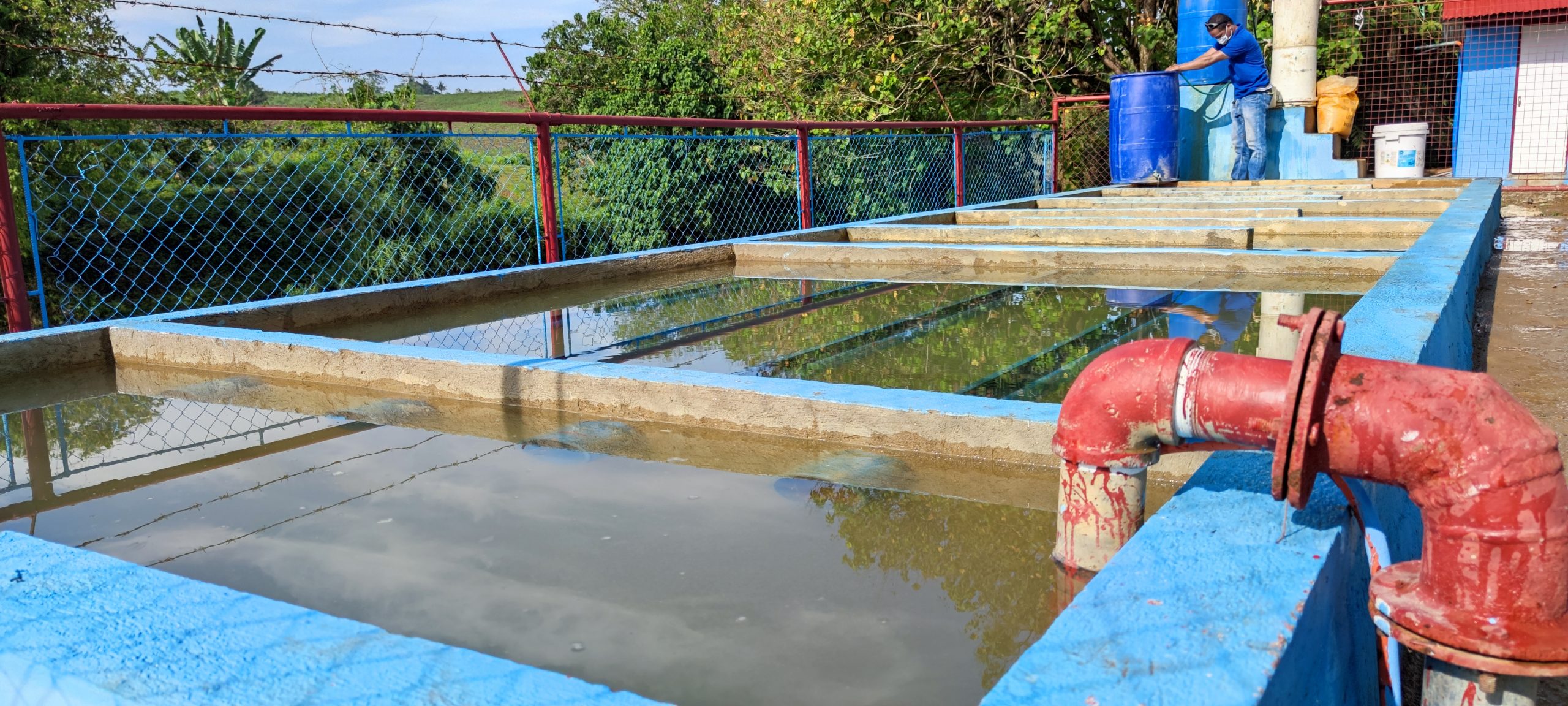
A concrete clarifier was added to beef up the treatment design of the facility / Courtesy of VEI

Solar panels including the electricals are raised higher so they would not be reached by floodwater and ensure the continuous distribution of water to the households / Courtesy of VEI
There were delays in the transport of materials to the far-flung Barangay Bugay due to the COVID-19 pandemic. Nonetheless, the project was completed in February 2021 and BAWAD water is back at the households. A Consumer’s Meeting was organized for the two barangays to show how the water is treated and answer questions and concerns of the residents about the rehabilitated facility.
The inauguration of the 10 lps capacity San Jose-Bugay Water Treatment Facility was held in Barangay Bugay, Bayawan City last April 15, 2021. The activity was led by Bayawan Water District (BAWAD) representatives headed by BAWAD Chair Engr. Preciosa Maturan and GM Alma Abrasaldo, VEI RPM Carl Kamstra, representatives of the Bayawan City Government, barangay council representatives, and the locals of Barangays San Jose and Bugay.
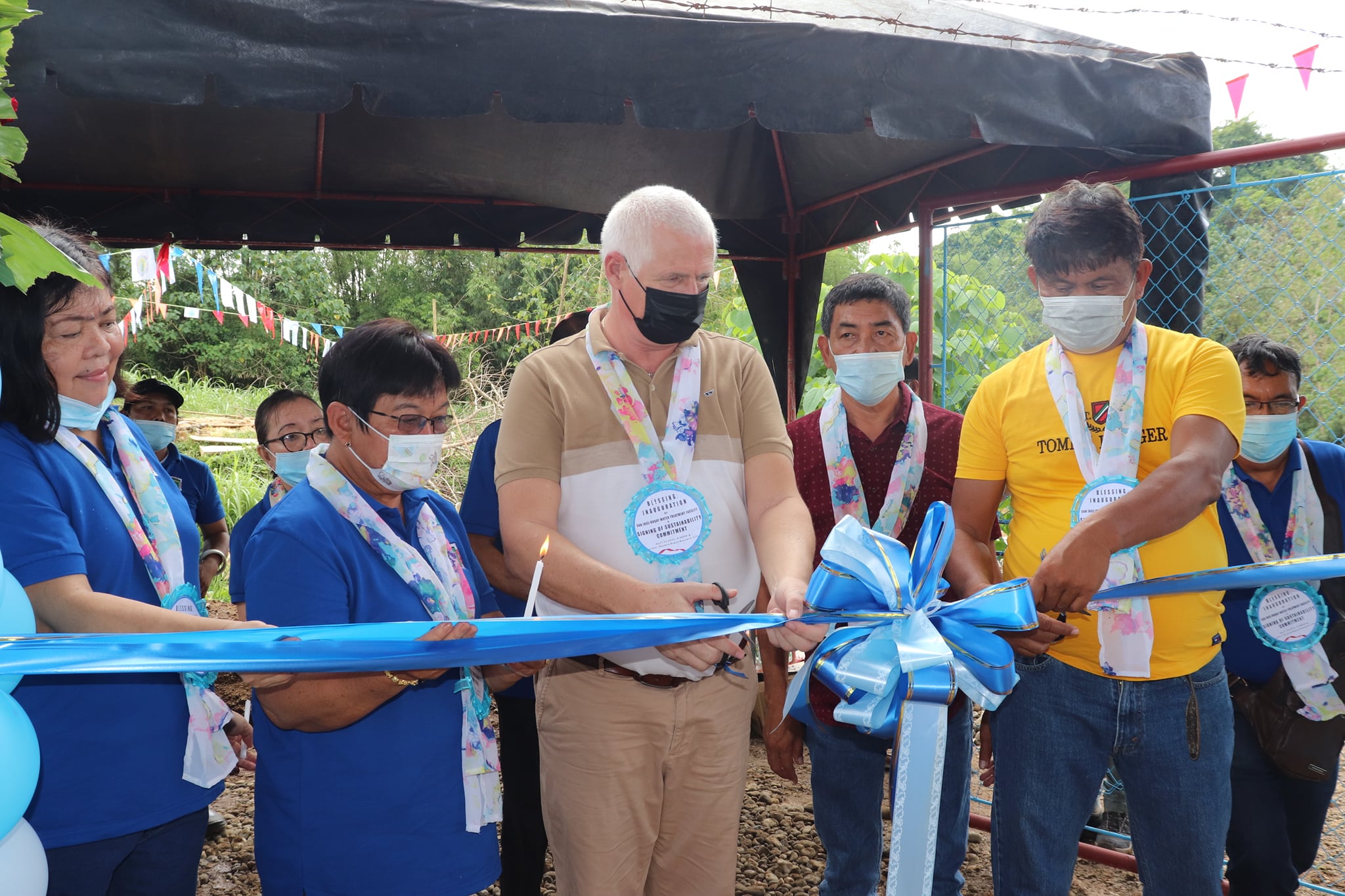
A ribbon-cutting highlighted the Inauguration of the resilient San Jose-Bugay Water Treatment Facility. From left to right: BAWAD GM Alma Abrasaldo, BAWAD Chair Engr Preciosa Maturan, RPM Carl Kamstra, Bayawan City Councilor Rolando Abrasaldo, and Bugay Barangay Captain Romeo Emvile Jr. / Courtesy of VEI
To promote sustainability, especially for the Uwakan River, tree planting is one of the activities identified. This will help reduce run-off water as the land area is predominantly used for sugarcane farming. Moreover, the local leaders of San Jose and Bugay have expressed commitment by signing the Sustainability Commitment. The barangay captains representing their respective local constituents support the protection of the San Jose-Bugay Water System along with the source, which is the Uwakan river.
